When the term “linear behavior” is used to describe a system, it implies that the system’s output is directly proportional to the input.
Unlike their wound-field counterparts, permanent magnet DC (PMDC) motors exhibit linear behavior. The use of permanent magnets means PMDC motors don’t need separate field excitation, and therefore, don’t experience the electrical losses that often occur in field windings of other DC motor designs.
In permanent magnet motors, linear behavior is evident in several performance characteristics. First, the motor’s angular velocity (or speed) is directly proportional to the applied voltage, as shown by the equation:
![]()
Where:
ω = angular velocity
V = voltage
k = motor constant
T = torque
R = resistance
Second, the motor’s output torque is directly proportional to the current through the armature. The relationship between torque and current is shown by the equation:
![]()
Where:
T = torque
I = current through the armature
kT = torque constant of the motor
The linear characteristics of PMDC motors also extend to their torque-speed curves. The linearity of the relationship between speed and torque makes permanent magnet motors ideal for adjustable speed uses and for servo applications.

It’s important to note that DC motors with permanent magnets can be either brushed or brushless types. Brushed permanent magnet DC motors are often referred to as PMDC motors, while brushless permanent magnet DC motors are referred to as BLDC motors. Both motor types – PMDC and BLDC – exhibit the linear behavior characteristics described above.
Despite their similar speed and torque behavior, there are two significant differences between PMDC and BLDC motors. First, PMDC motors are commutated mechanically, via brushes and a commutator, whereas BLDC motors are commutated electronically, typically via Hall effect sensors on the stator. Second, PMDC motors have a stator made of permanent magnets, while BLDC motors have permanent magnet rotors.
For a primer on industry terminology for servo motors, check out this article.
Feature image credit: VEX Robotics

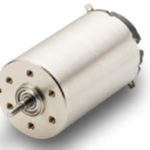
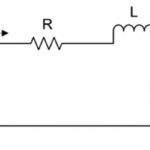
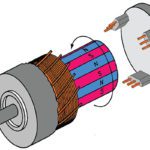
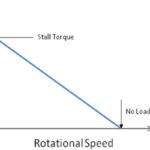
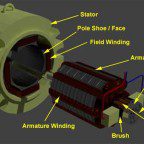

Leave a Reply
You must be logged in to post a comment.